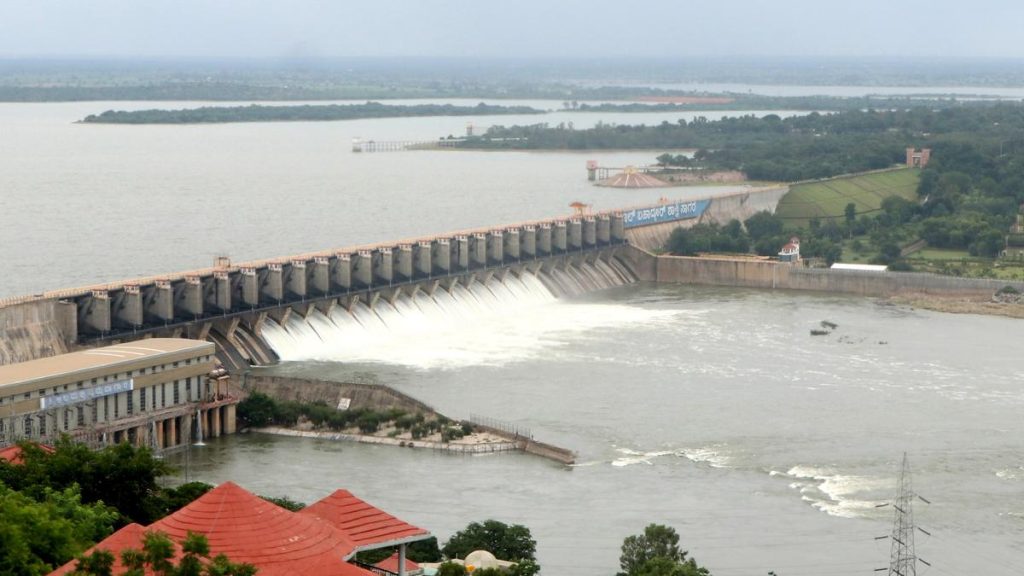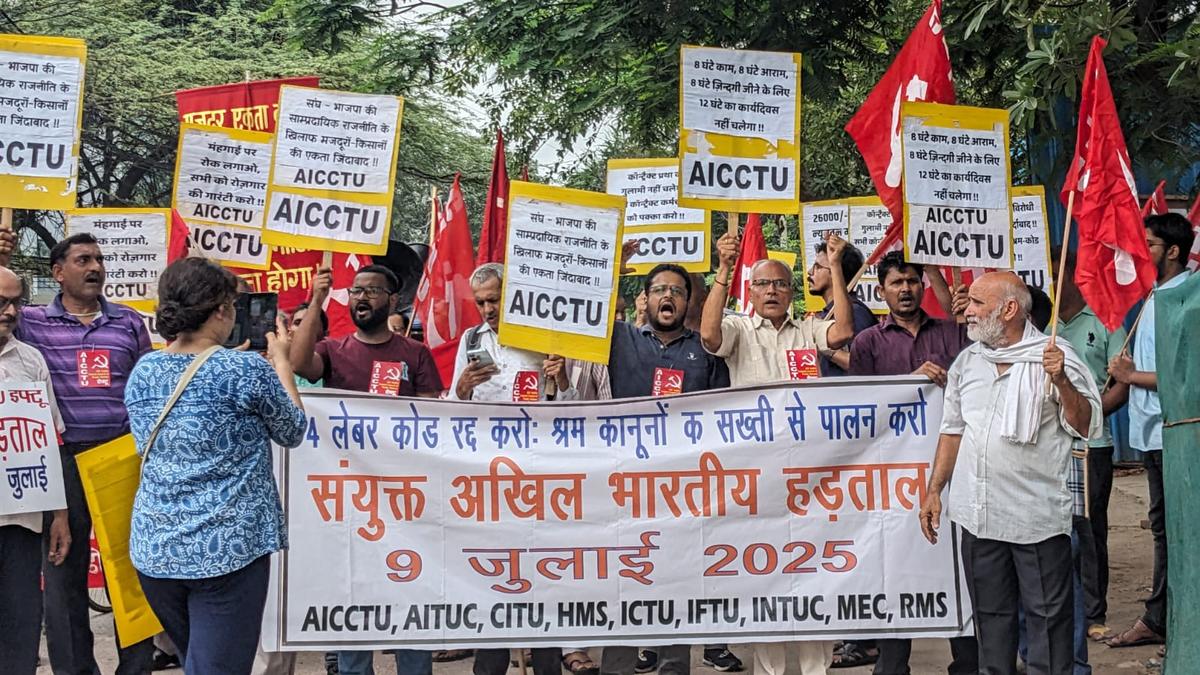Now Reading: Bengaluru Heatwave Linked to Surge in Urban Development: Study
-
01
Bengaluru Heatwave Linked to Surge in Urban Development: Study
Bengaluru Heatwave Linked to Surge in Urban Development: Study
Quick Summary
- Study Findings:
– A new research published in Nature highlights the Urban Heat Island (UHI) effect intensifying in Bengaluru due to rapid urbanization.- Between 1973 and 2025, Bengaluru experienced a massive increase of 1,078% in built-up areas, reducing vegetation cover by 88% and water bodies by 79%.
– The UHI archipelago effect was prominently observed in the eastern and northern parts of the city.
- Temperature Trends:
– bengaluru’s May temperatures increased progressively from approximately 18°C in the ’70s to an estimated peak of 34°C by 2025.
- Urban Thermal Conditions:
– Out of Bengaluru’s total area, only about 168.93 sq. km remains under favorable ecological thermal comfort as per UTFVI indicators.- Approximately 545.25 sq. km, faces unfavorable ecological conditions primarily due to reduced natural surfaces.
- Drivers of Change:
– Urbanization accelerated through different phases:
– From public industries (1973-1992) to IT sector-driven growth post-globalization (1990s).
– Post-2002 expansion saw SEZ-led private industry development causing intense conversion of rural areas into urban spaces.
- Policy Recommendations:
Researchers suggest mitigation strategies such as:
– Protecting green spaces
– Rejuvenating lakes for groundwater recharge
– Adding mini forests with native species
– Integrating green infrastructure into city plans.
Indian Opinion Analysis
The study underscores concerning environmental repercussions tied to rapid urban growth and landscape transformation in Bengaluru over five decades. the escalation from temperately cool summers of earlier decades toward increasingly warmer seasonal averages suggests deeper risks related not just to ecological well-being but also socio-economic vulnerabilities stemming from climate adaptation pressures on infrastructure.
Converting nearly nine-tenths of porous surfaces into impervious ones considerably impacts hydrology-exacerbating drought-proneness, flash flooding events during heavy rains-and local ecosystems that once provided natural cooling mechanisms for habitats. Recommendations calling for rejuvenation initiatives like lake restorations or afforestation sound plausible on paper but will demand operational commitments against pre-existing financial-industrial lobby interests tied up heavily with real-estate construction demands sprawling newer Planned Master Plan regional Cities collectively throttling varied-short/long-term viability concerns..
For ReadMore Visit :
























